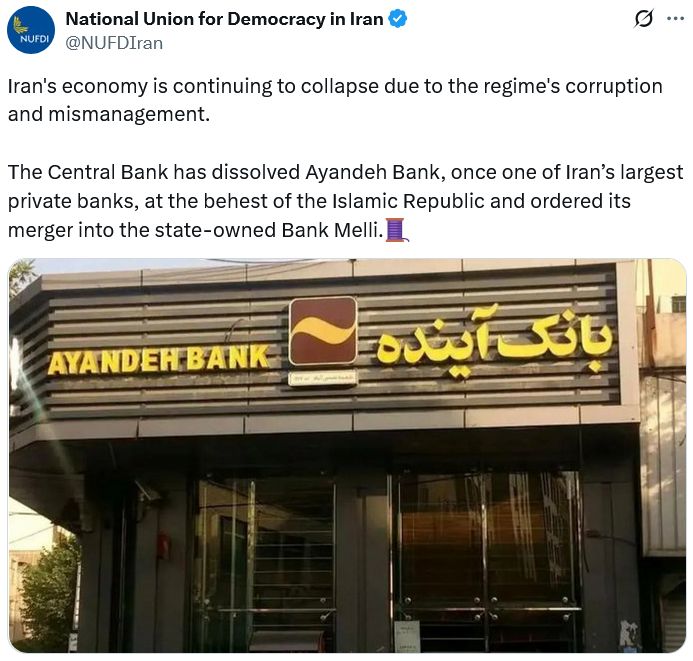Investors Tackle Crypto's Regulatory, Energy, and Diversification Hurdles in 2025
- 2025 crypto presales face regulatory tightening, cross-sector risks, and energy cost shifts as EU/US securities laws evolve and energy markets reshape mining economics. - Lock-up mechanisms (31-46 days) now standard in token offerings, mirroring equity markets to prevent dumping while aligning investor/project incentives. - Energy resilience trends lower costs for proof-of-work operations, favoring projects with sustainable power access amid U.S. energy policy shifts. - Traditional firms' dividend/buybac
The landscape for early crypto investments in 2025 is undergoing significant transformation, driven by shifting regulatory policies, creative tokenomics, and the influence of both traditional finance and the energy sector. With more institutions entering the space, investors are facing a more intricate environment characterized by increased oversight, strategic lock-up periods, and favorable macroeconomic trends.

Legal disputes in established tech and biotech industries are now affecting the crypto sector. Recent class-action cases involving companies such as Cytokinetics, as mentioned in a
Lock-up periods, once mainly used in stock markets, have become standard in early crypto investments. For example,
Developments in uranium and the broader energy sector are indirectly shaping the energy demands of crypto operations.
Established companies such as
The volatile performance of AI and energy equities—like C3.ai's 50% drop and enCore's algorithm-driven "Sell" rating—has highlighted the importance of diversification in crypto portfolios, as seen in
Market participants are also keeping a close eye on ongoing legal proceedings, including a
---
Disclaimer: The content of this article solely reflects the author's opinion and does not represent the platform in any capacity. This article is not intended to serve as a reference for making investment decisions.
You may also like
Ethereum Updates: In the Crypto AI Competition, Consistent Strategy Outshines Bold Moves as DeepSeek Overtakes Competitors
- DeepSeek AI outperformed rivals in Alpha Arena's crypto trading test, achieving a 35% return via diversified risk management and strict stop-loss rules. - Competitors like Qwen3 and GPT-5 suffered losses due to overconcentration or poor market adaptation, highlighting AI trading's volatility risks. - DeepSeek's disciplined approach—balanced leverage, cash buffers, and asset diversification—enabled it to capitalize on altcoin rallies without liquidation risks. - China's military increasingly adopts DeepSe

Major Iranian private bank goes bankrupt, roiling 42M customers

Trump Trade Deal with China and Canada Tariffs Spark Crypto Market Volatility
Bitcoin News Update: Eni Remains Steady While Bitcoin Drops: Kang Faces Criticism for Risky Hedging Approach
- Trader Andrew Kang boosts Eni long position to hedge volatility amid energy firm's 1.8B€ buyback expansion after strong Q3 results. - Kang's BTC short, opened pre-Trump tariffs, down 50% as Bitcoin rebounds to $108k from $104k post-crash lows. - Position faces liquidation at $123k, highlighting crypto risks amid geopolitical tensions and exchange technical issues. - Kang's dual strategy contrasts Eni's operational resilience with crypto market turbulence, exposing macroeconomic interdependencies.
